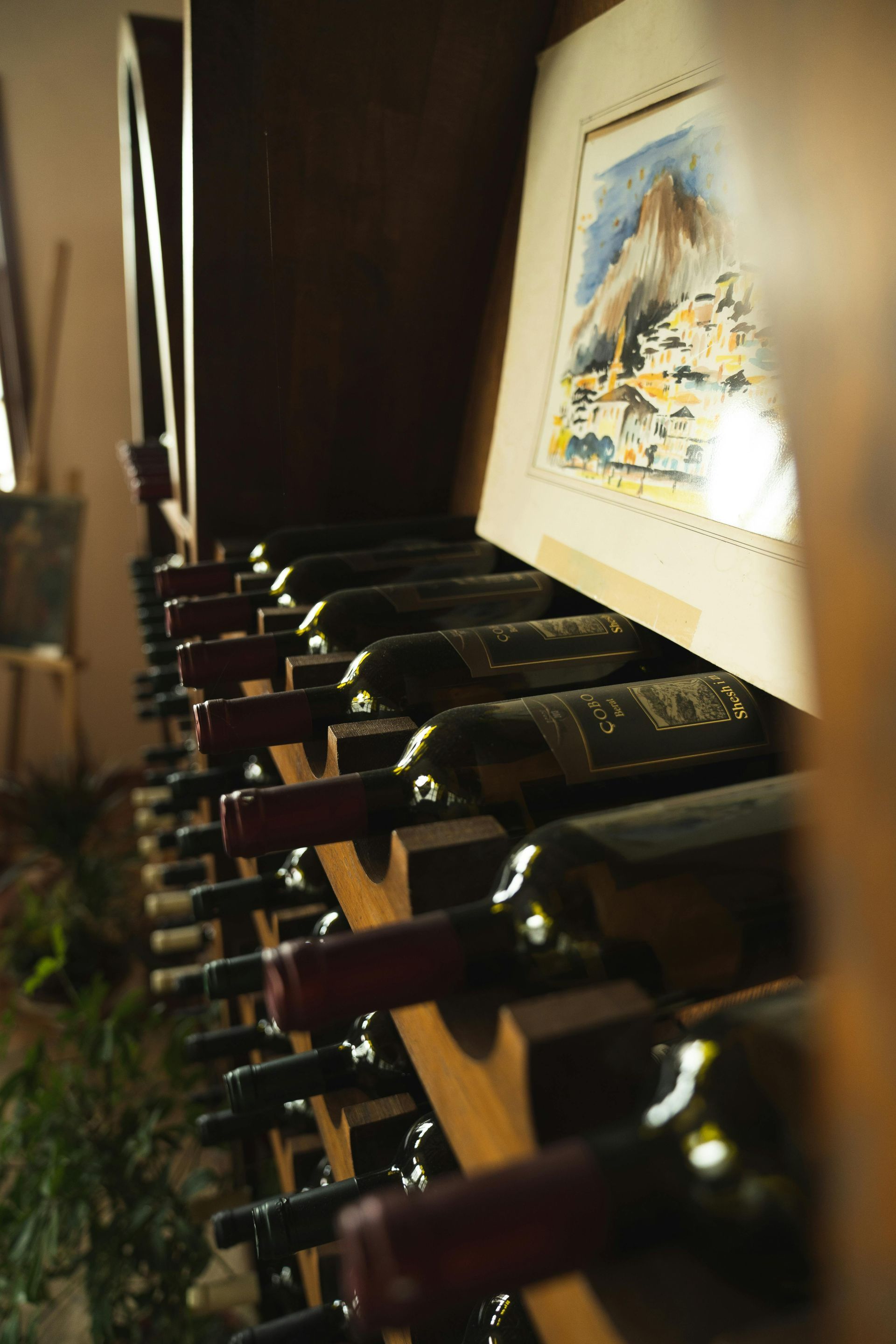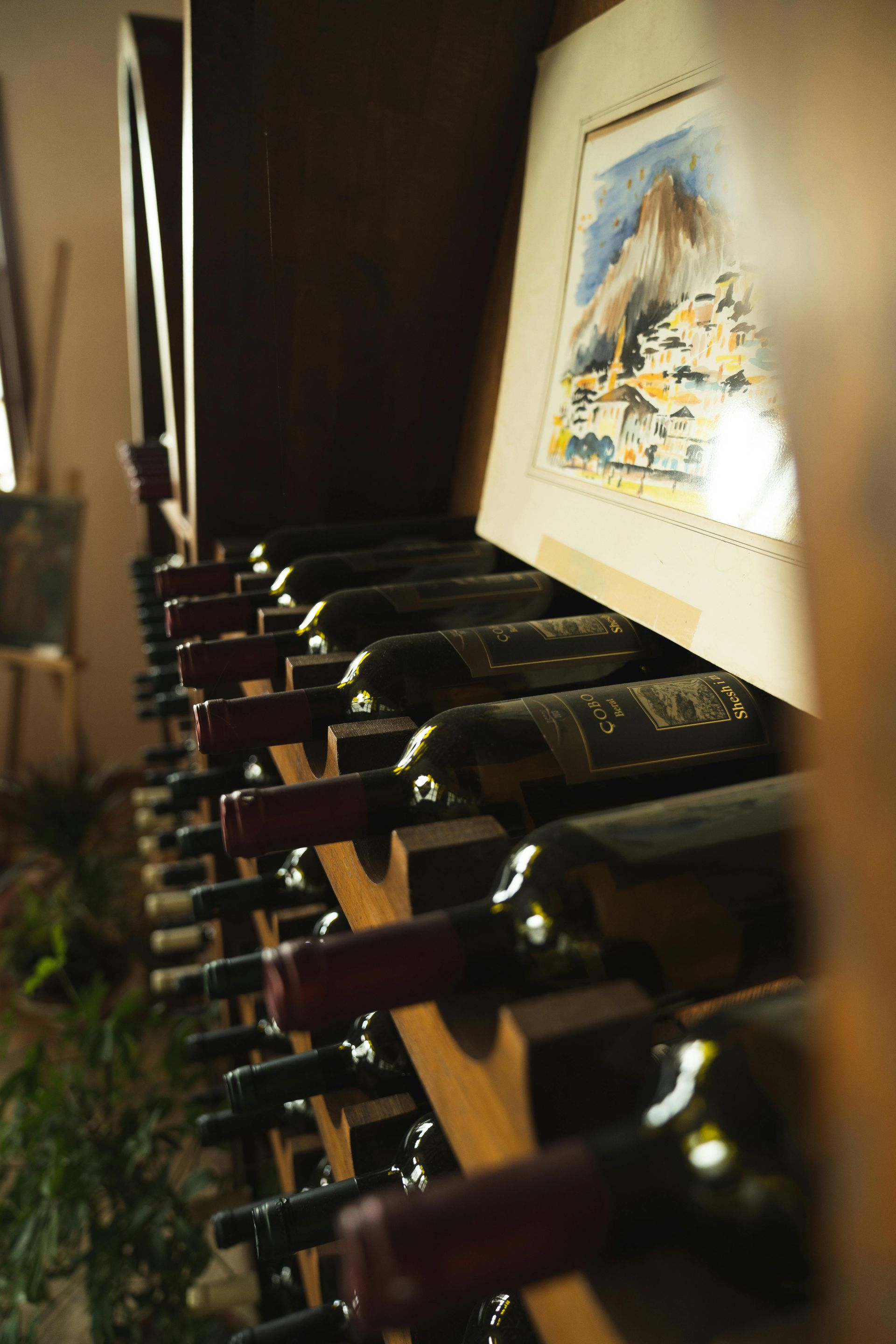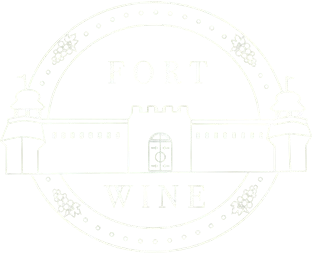FORT WINE
How much does it cost to build a wine cellar?
March 21, 2025
Building a wine cellar can range from a few thousand dollars to over $100,000, depending heavily on factors like size, type, finishes, and overall complexity. A typical mid-sized, climate-controlled cellar generally costs between $35,000 and $60,000.

Detailed Breakdown of Factors Influencing Wine Cellar Costs:
1. Size and Capacity:
Small Cellars: $5,000 to $15,000 (typically storing fewer than 500 bottles)
Mid-sized Cellars: $20,000 to $60,000 (storage for 500–2,500 bottles)
Large Cellars: $60,000 to $100,000+ (2,500 bottles or more)
2. Type of Cellar:
Passive Cellars:
Utilize natural temperature and humidity control.
Typically require deeper excavation and robust insulation.
Costs range widely due to excavation needs: $10,000–$50,000+.
Active Cellars:
Employ specialized climate control systems (HVAC units, humidifiers/dehumidifiers).
Climate control equipment alone costs approximately $6,000–$15,000.
Total active cellar construction: approximately $25,000–$75,000.
Hybrid Cellars:
Combine passive and active elements, often leveraging existing cool spaces (like basements).
Costs range from $15,000–$50,000 depending on existing conditions and required modifications.
3. Finishes and Fittings:
Climate Control Equipment:
HVAC, humidifiers, and dehumidifiers: Typically $6,000–$15,000.
Insulation:
Essential for maintaining stable temperature/humidity.
Costs around $55 per square meter; an average-sized cellar may require $2,500–$6,000.
Wine Racking Systems:
Standard racking systems: Starting at $300 per square meter.
Custom racks: $600–$1,200 per square meter or more, depending on materials (wood types, metal).
Glass and Doors:
Double-glazed, argon-filled glass with energy/UV protection: $850–$1,000 per square meter.
Insulated, custom-made doors (wood, metal, or glass): $1,000–$3,500.
4. Location:
New construction typically adds costs related to excavation, waterproofing, and foundational work.
Retrofitting existing spaces (basements, closets, spare rooms) incurs costs from demolition, reinforcement, insulation, and finishings. Conversion costs often range from $10,000–$40,000.
5. Customization and Specialty Features:
Unique design elements (custom lighting, specialty woodwork, murals, etc.) significantly increase costs.
Customized cellars typically add 25–50% more than standard cellar construction.
6. Labor Costs:
Professional installation is crucial for quality assurance, typically accounting for 20–35% of the overall project cost.
Labor charges vary based on geographic location, project complexity, and local market rates.
7. Building and Construction Costs:
Regional differences affect overall construction expenses, including permits, material costs, and labor rates.
Complexity, such as structural alterations, custom builds, or specialized excavation, significantly affects cost.
8. Existing Space Conversion:
Converting existing spaces involves costs like demolition, electrical adjustments, plumbing modifications, insulation, and finish carpentry. This typically accounts for $10,000–$30,000 of the total.
9. Wine Storage Solutions:
Cabinets, modular racks, and temperature-controlled units vary widely in price. High-quality refrigerated cabinets or built-in units range from $3,000 to $15,000 depending on size and features.
In summary, understanding these cost factors helps plan effectively, ensuring your wine cellar matches both your budget and storage needs.
Leave A Comments:
Our Recent Posts:

January 7, 2025
Manhattan, the heart of New York City, is known for its fast-paced lifestyle, world-class dining, and exquisite taste in fine wines. For wine enthusiasts and collectors, storing wine in Manhattan’s bustling environment can pose unique challenges. Whether you're a casual wine lover or a seasoned collector with a growing portfolio, Fort Wine NY offers premium wine storage solutions tailored to meet your needs. The Challenges of Storing Wine in Manhattan Manhattan’s urban density and high real estate costs make it difficult to find adequate space for wine storage at home. Additionally, maintaining the ideal conditions for wine preservation requires specialized facilities that can control: Temperature: Optimal wine storage requires a consistent temperature of 55°F. Humidity: Maintaining a humidity level of 60-70% prevents corks from drying out. Light Exposure: UV rays can damage wine, altering its flavor and aging process. Vibration: Excessive movement can disturb the sediment in wine, affecting its taste. For wine enthusiasts in Manhattan, Fort Wine NY provides the perfect solution by offering professional storage facilities that ensure your collection remains in pristine condition. Fort Wine NY: A Premier Wine Storage Facility Fort Wine NY combines state-of-the-art technology with unparalleled customer service to provide Manhattan’s wine collectors with a safe and sophisticated space for their prized bottles. 1. Climate-Controlled Storage Our facility is designed to maintain the precise temperature and humidity levels necessary for wine preservation. Your collection will age gracefully in a stable, UV-protected, and vibration-free environment. 2. Flexible Storage Options Whether you have a few bottles or an extensive collection, Fort Wine NY offers storage plans to accommodate your needs. From small lockers to walk-in cellars, we have customizable options for every wine enthusiast. 3. Security You Can Trust Our facility features advanced security systems, including 24/7 surveillance, controlled access, and secure lockers. Your collection is safe with us, giving you peace of mind. 4. Convenient Manhattan Location Located in the heart of New York City, Fort Wine NY is easily accessible for both personal and professional needs. Our prime location allows for convenient drop-offs, pick-ups, and deliveries. 5. Personalized Services We go beyond storage. Fort Wine NY offers concierge services to manage your collection, including inventory tracking, delivery coordination, and access to wine experts who can provide recommendations and advice. Why Proper Wine Storage Matters Proper wine storage isn’t just about preserving your collection—it’s about enhancing its value and flavor over time. When stored correctly, fine wines develop complex aromas and tastes that make them more enjoyable. Fort Wine NY ensures that your bottles are always in the best possible condition, whether you’re saving them for a special occasion or building an investment portfolio. Who Benefits from Fort Wine NY’s Services? Wine Collectors With Fort Wine NY, collectors can store rare and valuable bottles in a secure, climate-controlled environment. Restaurants and Hospitality Professionals Manhattan’s thriving hospitality industry can benefit from our professional storage solutions to keep their wine lists at their peak. Event Planners and Caterers Store and manage large quantities of wine for events and private gatherings with ease and reliability. Casual Wine Lovers Even if you’re not a collector, proper storage ensures that your favorite bottles are always ready to enjoy. The Fort Wine NY Difference At Fort Wine NY, we pride ourselves on being more than just a storage facility. We’re a community of wine enthusiasts dedicated to providing an unparalleled experience. Our mission is to safeguard your collection while offering services that make managing your wine as enjoyable as drinking it. How to Get Started with Fort Wine NY Ready to elevate your wine storage experience? Here’s how to get started: Contact Us: Reach out to our team to discuss your wine storage needs. Tour Our Facility: Visit our state-of-the-art Manhattan location to see our storage options firsthand. Choose Your Plan: Select the storage solution that works best for your collection. Relax: Trust Fort Wine NY to care for your wine while you focus on enjoying your collection. Experience the Best Wine Storage in Manhattan Whether you're a connoisseur, a collector, or simply someone who appreciates a great bottle of wine, Fort Wine NY offers the ideal storage solution. Protect your collection, enhance its value, and enjoy peace of mind knowing your wine is in expert hands. Call us today to learn more about our services and schedule a tour.
STAY UPDATED
Stay updated by subscribing to our newsletter.
Newsletter Subscription
Thank you for subscribing.
Please try again later.
Quick Links
Business Hours
- Mon - Fri
- -
- Saturday
- Appointment Only
- Sunday
- Closed
© 2025
All Rights Reserved | Fort Wine | Designed and Supported by The Website Store

